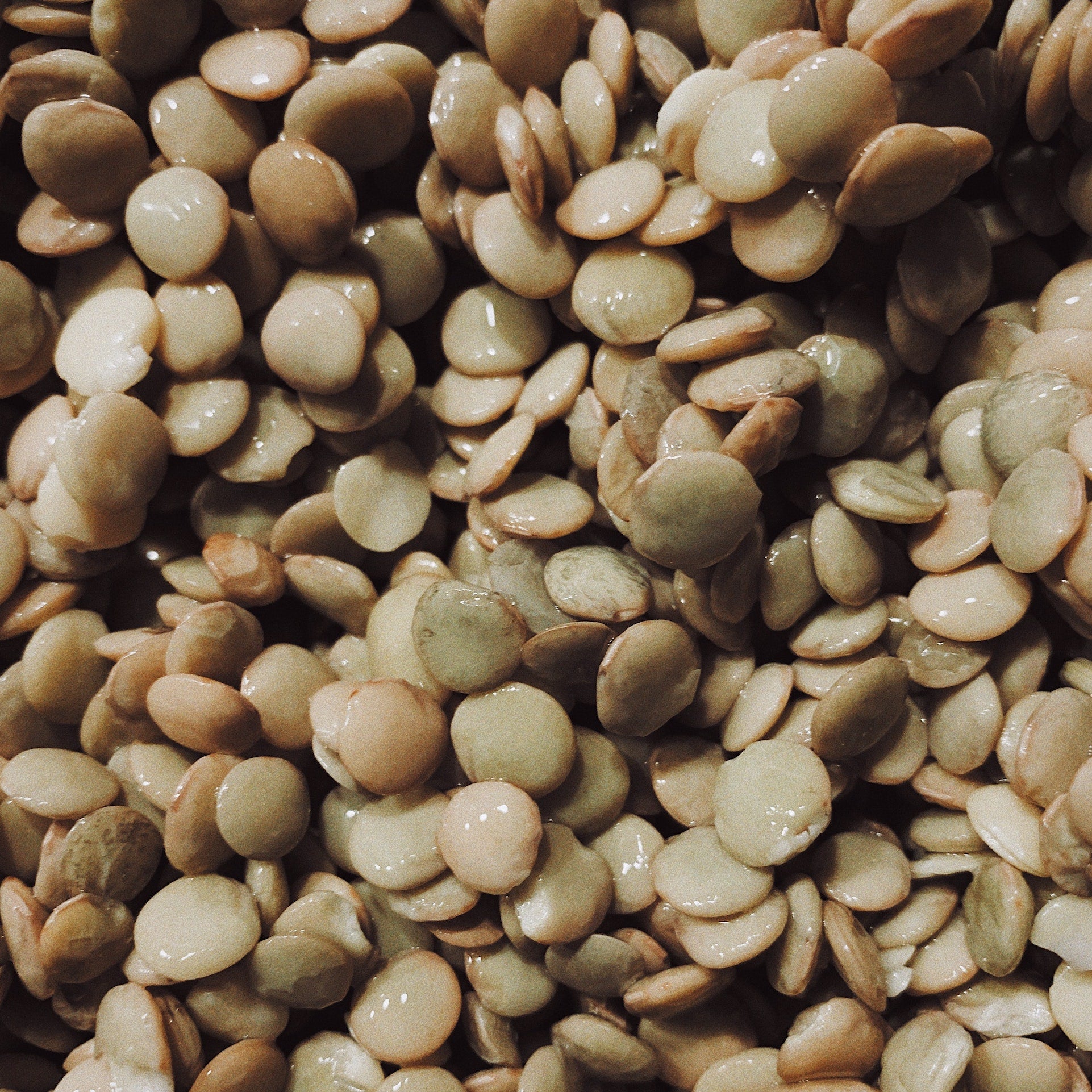We’ve all been there: That bowl of chili was a delight, but the gastrointestinal aftermath was…anything but. That’s because fibrous beans and lentils (along with certain veggies like cabbage, brussels sprouts, and broccoli) contain complex carbohydrates called oligosaccharides. Specifically, they’re full of a sugar called raffinose, which our bodies lack the enzyme to break down. So those foods travel to the large intestine, where our gut bacteria chow down, fermenting them into a cloud of gas that has to get out.
If you’re new (or new-ish) to eating more beans, it can be unpleasant. But for most, this too shall pass.
First thing’s first: You don’t want to ditch the offending foods, because fiber is your friend. It helps you feel fuller than a lot of less-nutritious fare, can help manage cholesterol levels, and generally keeps your digestive system in shape—in spite of the occasional discomfort. On a 2,000-calorie diet, you need about 28 grams of it a day, and most Americans don’t get enough to begin with. Beans and lentils have around 15 grams of fiber per serving, which is triple what’s in a large apple.
Besides, any ill effects may only be temporary. A 2011 study in Nutrition Journal found that flatulence can decrease over time as the body adjusts to a fiber influx. Participants ate a half-cup of beans a day, and more than 70 percent of them reported less gas the second week, and even less the third.
Things you can try to help mute the poot:
Give those beans a bath. Soaking dried beans for at least 16 hours can pull out some of the gas-producing sugar—just be sure to toss the liquid. Same goes for rinsing off canned beans. Some folks also toss baking soda or kombu (a type of seaweed) in the bean-cooking water. There’s no hard evidence that such additions work, but even if they don’t, either can improve the legumes’ texture.
Manage your intake. Start with small quantities and increase gradually. Drink plenty of water, as well: It helps food move through the digestive system, and fiber works best when it absorbs water.
Make a mealtime routine. After dinner, resist the urge to stretch out on the couch; staying upright for at least an hour after eating can help with digestion. Taking a walk can move things along, too, but avoid heavy exercise, which can trigger heartburn.
Call in reinforcements. The missing enzyme for breaking down fibrous veg is called galactosidase. It’s also the active ingredient in Beano, so try popping a couple before the first bite. Ginger, chamomile, or peppermint tea may also bring relief if things get uncomfy in the aftermath.

